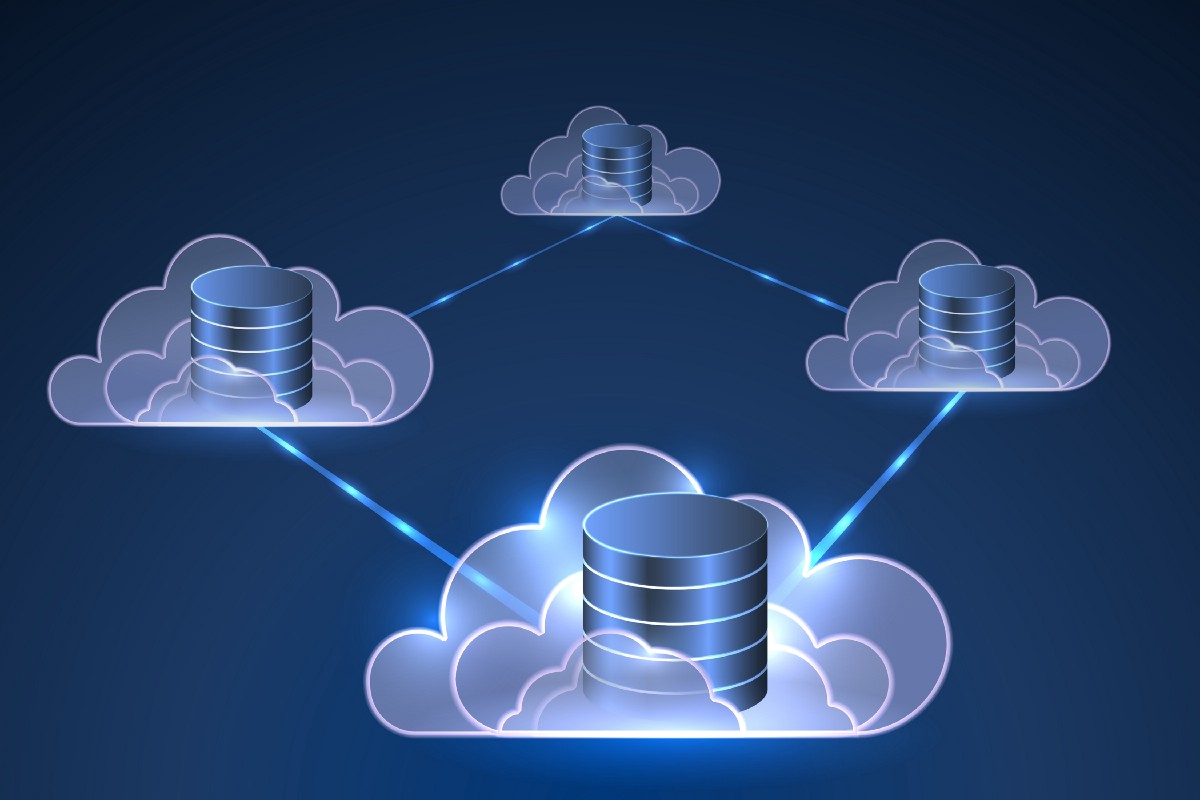What is a Cloud Database?
Enterprises are seeking ways to modernize their operations. Emerging as a critical element in the digital transformation tech stack are cloud databases. Having the right cloud database can help address the range of applications companies depend on and also those that they build, from the cloud to mobile and edge.
What is a Cloud Database?
A cloud database is a database service built and accessed through a cloud platform. It serves many of the same functions as a traditional database with the added flexibility of cloud computing. Users install software on a cloud infrastructure to implement the database.
Key features:
- A database service built and accessed through a cloud platform
- Enables enterprise users to host databases without buying dedicated hardware
- Can be managed by the user or offered as a service and managed by a provider
- Can support relational databases (including MySQL and PostgreSQL) and NoSQL databases (including MongoDB and Apache CouchDB)
- Accessed through a web interface or vendor-provided API

Key Benefits of Cloud Database
The key benefits are that they are easily scalable and designed for reliability and performance.
Ease of access and agility
Whether your team is already developing software on cloud infrastructure, or you’re in the process of migrating legacy applications to the cloud, it makes sense that cloud-native database offerings are growing in popularity.
Modern Database as a Service platform enables easy (but controlled) access from cloud systems through consistent APIs and drivers, simplifying access to critical resources. Microservice architectures in particular benefit from centralized and easily accessible database resources, as many applications need to access and share data.
Scalability and performance
The real test of a data management system is how it adapts and performs under high load.
This is why cloud database services are typically designed to automatically scale up to accommodate data growth and scale out to handle the load with consistent performance characteristics. A good cloud database will automatically alert you of performance issues so that you can optimize your indexes and access patterns to hit your performance targets.
Not only is it usually cheaper to use a fully managed cloud database than to maintain your own, but it also requires less manual work, so you and your team can focus on delivering value.
Reliability and disaster recovery
There’s little worse than having a mission-critical database go offline – except to lose all of the data inside it.
Cloud databases are usually replicated and backed up by default so that no single point of failure can bring your application offline, and even catastrophic incidents are mitigated by regular, automated backup and disaster recovery.
MongoDB Atlas, the MongoDB cloud database, is automatically replicated and backed up in real-time, enabling point-in-time restore, and giving you an extra layer of confidence.
What are the types?
There are two models for cloud database deployment that dominate the market: independent and Database as a Service.
Independent Database
This is one in which a user directly runs via a virtual machine image located on the cloud. This is the model of choice for organizations that have a robust IT staff with the bandwidth to maintain the underlying infrastructure, data integrity, and security. Running your own cloud database allows you to reduce operational costs while still maintaining complete control of managing the data.
DBaaS, on the other hand, is run by a third-party provider who handles all the management, maintenance, and security tasks. That includes managing scalability and availability to users who access the database concurrently.
With DBaaS, the provider manages the data-intensive needs of application developers, data scientists, IT architects, and analysts who need immediate and consistent performance. In addition, users hand over the tasks of end-to-end encryption and access control, as well as fulfilling privacy requirements for compliance with regulations such as the GDPR.

What to evaluate when choosing a cloud database
The database is one of the most important technologies in any IT environment. Here are some of the features and issues organizations should examine when they evaluate cloud databases for planned deployments:
- Performance. As with any type of IT system, this is probably the top factor to consider, especially if the database will be supporting high-performance workloads. Scalability is a critical part of that – for example, to make sure that real-time processing jobs don’t bog down. Performance monitoring and tuning capabilities are other key aspects to look at.
- Cost. The cloud providers offer free online cost calculators that can be used to check different scenarios on pricing models, service configurations, processing regions, and other parameters to help balance expected resource needs and the available budget.
- Availability. High availability, disaster recovery, and data backup and recovery capabilities should all be assessed, too, along with the cloud vendor’s uptime SLA.
- Security. Securing a DBaaS environment isn’t solely the vendor’s responsibility, but it’s crucial to know what it will handle and what security tools and measures it will apply.
Conclusion
Any enterprise aiming for a complete digital transformation will need to plan for the adoption of a cloud database. A technology adoption that will offer them improved flexibility and agility, but also help them reduce risk and operational costs.
There is no one-size-fits-all solution. Each organization will need to formulate a plan first. Only then can a cloud database service provider be found that meets its needs.